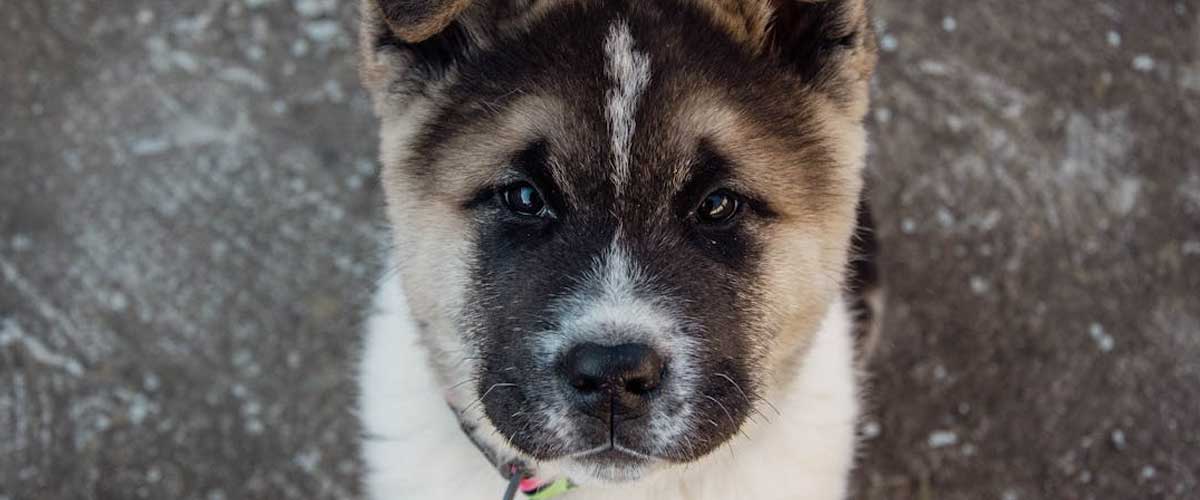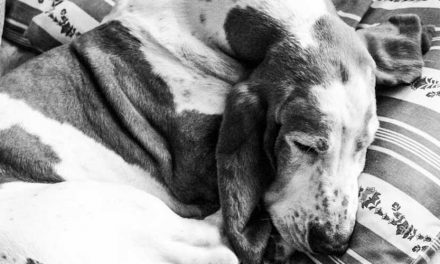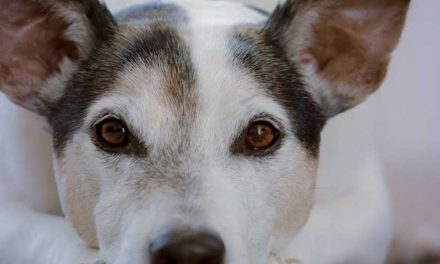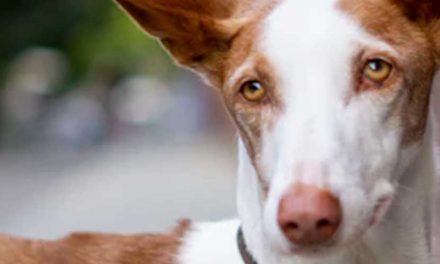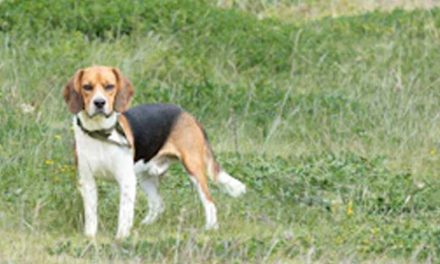The Japanese Akita, often simply referred to as Akita, is a breed renowned for its strength, loyalty, and striking appearance.
Originating from Japan, the Akita has a rich history and cultural significance that has endeared it to dog enthusiasts around the world.
History and Origins
The Akita breed has its roots in the mountainous regions of northern Japan, specifically the Akita Prefecture.
Initially bred for hunting large game, such as boar and deer, the Akita was highly valued for its courage and tenacity.
The breed’s historical significance is further highlighted by its association with Hachiko, an Akita known for his unwavering loyalty to his owner, waiting at a train station daily long after his owner’s death.
This story has made the Akita a symbol of loyalty and devotion in Japanese culture.
Appearance
The Japanese Akita is a large and powerful dog, with males typically weighing between 100 to 130 pounds and females ranging from 70 to 100 pounds.
They have a thick, double coat that can come in various colors, including white, brindle, and a range of shades like red and fawn.
The Akita is characterized by its broad head, erect ears, and a strong, muscular build, exuding an air of dignity and strength.
Temperament
Akitas are known for their loyal and protective nature.
They form strong bonds with their families and are often reserved with strangers.
This breed is naturally aloof, making them excellent watchdogs.
While they can be affectionate and playful with their families, they also require proper socialization from an early age to ensure they are well-adjusted around other pets and people.
Training and Care
Training an Akita requires consistency and patience.
Due to their independent spirit, they may not always be eager to please, making early obedience training essential.
Positive reinforcement techniques work best with this breed, and early socialization is crucial to prevent potential behavioral issues.
Grooming is another important aspect of Akita care.
Their thick double coat requires regular brushing, especially during shedding seasons, to keep their fur healthy and reduce loose hair around the house.
Regular dental care, nail trimming, and ear checks are also essential for maintaining their overall health.
Health Considerations
Like all breeds, Akitas are prone to certain health conditions.
Common issues include hip dysplasia, progressive retinal atrophy, and autoimmune disorders.
Regular veterinary check-ups and a balanced diet can help monitor and manage potential health risks.
Conclusion
The Japanese Akita is a breed that embodies loyalty, strength, and cultural significance.
With proper training, socialization, and care, they can make devoted companions for those willing to understand their unique temperament.
Their majestic appearance and unwavering devotion make them not only a stunning addition to the family but also a true friend for life.
Whether you’re considering bringing an Akita into your home or simply admiring them from afar, there’s no denying the allure of this noble breed.

